Ethyl phenylacetate
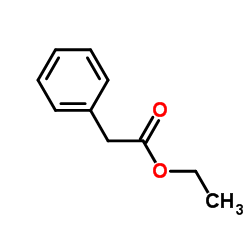
Ethyl phenylacetate structure
|
Common Name | Ethyl phenylacetate | ||
|---|---|---|---|---|
| CAS Number | 101-97-3 | Molecular Weight | 164.201 | |
| Density | 1.0±0.1 g/cm3 | Boiling Point | 224.8±9.0 °C at 760 mmHg | |
| Molecular Formula | C10H12O2 | Melting Point | -29 °C | |
| MSDS | Chinese USA | Flash Point | 77.8±0.0 °C | |
Use of Ethyl phenylacetateEthyl phenylacetate is a natural flavouring ingredien, and its sensory threshold is near 73 µg/L. Ethyl phenylacetate is a “greener" solvent with low toxicity. Ethyl phenylacetate is a non-mutagenic and is a Kosher food additive. Ethyl phenylacetate gives to the wines a strong honey-like character[1][2][3]. |
| Name | Phenylacetic acid ethyl ester |
|---|---|
| Synonym | More Synonyms |
| Description | Ethyl phenylacetate is a natural flavouring ingredien, and its sensory threshold is near 73 µg/L. Ethyl phenylacetate is a “greener" solvent with low toxicity. Ethyl phenylacetate is a non-mutagenic and is a Kosher food additive. Ethyl phenylacetate gives to the wines a strong honey-like character[1][2][3]. |
|---|---|
| Related Catalog | |
| References |
| Density | 1.0±0.1 g/cm3 |
|---|---|
| Boiling Point | 224.8±9.0 °C at 760 mmHg |
| Melting Point | -29 °C |
| Molecular Formula | C10H12O2 |
| Molecular Weight | 164.201 |
| Flash Point | 77.8±0.0 °C |
| Exact Mass | 164.083725 |
| PSA | 26.30000 |
| LogP | 2.50 |
| Vapour Pressure | 0.1±0.4 mmHg at 25°C |
| Index of Refraction | 1.502 |
| Water Solubility | insoluble |
CHEMICAL IDENTIFICATION
HEALTH HAZARD DATAACUTE TOXICITY DATA
MUTATION DATA
|
| Personal Protective Equipment | Eyeshields;Gloves;half-mask respirator (US);multi-purpose combination respirator cartridge (US) |
|---|---|
| Hazard Codes | F+ |
| Safety Phrases | S23-S24/25 |
| RIDADR | NONH for all modes of transport |
| WGK Germany | 2 |
| RTECS | AJ2824000 |
| HS Code | 2918230000 |
| Precursor 0 | |
|---|---|
| DownStream 10 | |
| HS Code | 2916399090 |
|---|---|
| Summary | 2916399090 other aromatic monocarboxylic acids, their anhydrides, halides, peroxides, peroxyacids and their derivatives VAT:17.0% Tax rebate rate:9.0% Supervision conditions:none MFN tariff:6.5% General tariff:30.0% |
|
Volatile Compounds from Grape Skin, Juice and Wine from Five Interspecific Hybrid Grape Cultivars Grown in Québec (Canada) for Wine Production.
Molecules 20 , 10980-1016, (2015) Developed from crosses between Vitis vinifera and North American Vitis species, interspecific hybrid grape varieties are becoming economically significant in northern areas, where they are now extensi... |
|
|
Mosquito odorant receptor for DEET and methyl jasmonate.
Proc. Natl. Acad. Sci. U. S. A. 111(46) , 16592-7, (2014) Insect repellents are important prophylactic tools for travelers and populations living in endemic areas of malaria, dengue, encephalitis, and other vector-borne diseases. DEET (N,N-diethyl-3-methylbe... |
|
|
Influence of Grape Composition on Red Wine Ester Profile: Comparison between Cabernet Sauvignon and Shiraz Cultivars from Australian Warm Climate.
J. Agric. Food Chem. 63 , 4664-72, (2015) The relationship between grape composition and subsequent red wine ester profile was examined. Cabernet Sauvignon and Shiraz, from the same Australian very warm climate vineyard, were harvested at two... |
| Phenylacetic acid ethyl ester |
| Ethyl benzeneacetate |
| Ethyl 2-phenylethanoate |
| Ethyl 2-phenylacetate |
| MFCD00009178 |
| 2-Phenylacetic acid ethyl ester |
| Ethyl phenylacetate |
| Benzeneacetic acid, ethyl ester |
| EINECS 202-993-8 |
| 2OV1R |
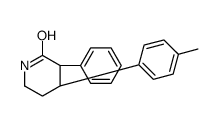 CAS#:107234-97-9
CAS#:107234-97-9 CAS#:107234-89-9
CAS#:107234-89-9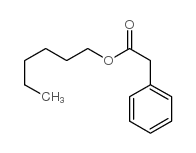 CAS#:5421-17-0
CAS#:5421-17-0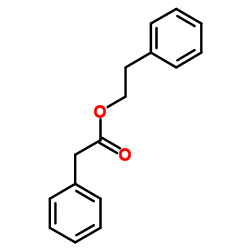 CAS#:102-20-5
CAS#:102-20-5 CAS#:122-45-2
CAS#:122-45-2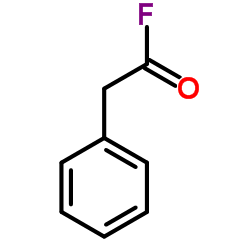 CAS#:1578-63-8
CAS#:1578-63-8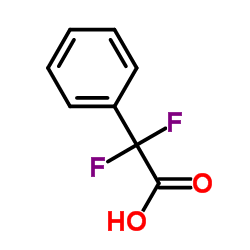 CAS#:360-03-2
CAS#:360-03-2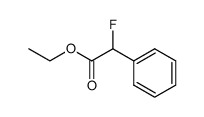 CAS#:643-77-6
CAS#:643-77-6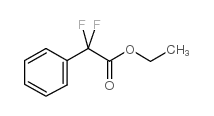 CAS#:2248-46-6
CAS#:2248-46-6 CAS#:4755-72-0
CAS#:4755-72-0
